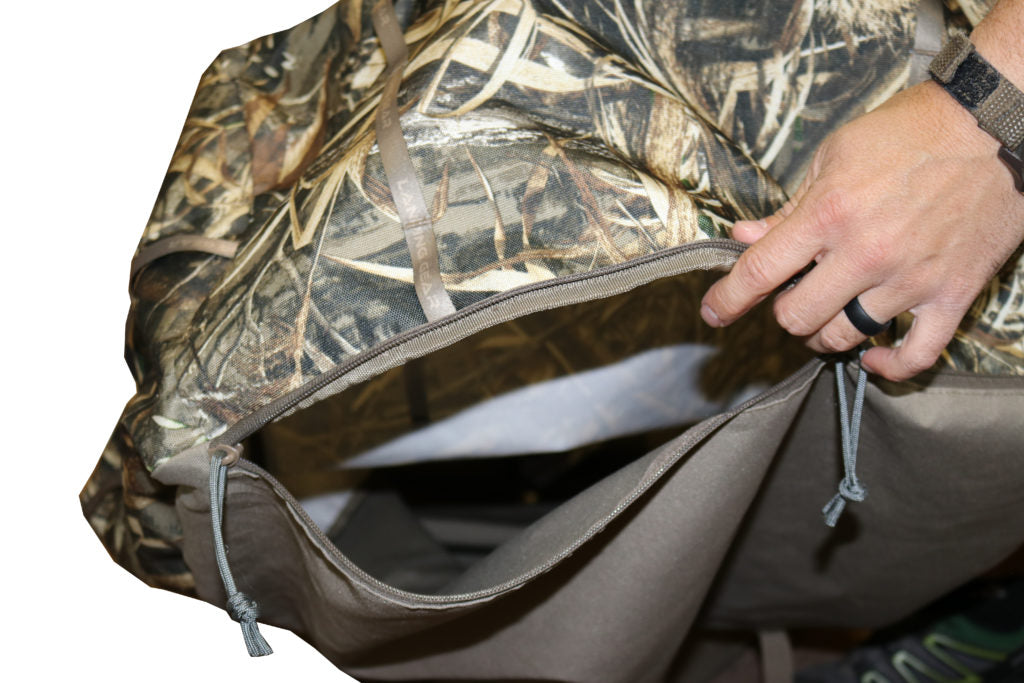Photography Tips for Beginners: Getting Started with Confidence
Stepping into the world of photography is like opening a door to endless possibilities. If you’ve recently picked up a camera or are contemplating diving into this art form, understanding the foundational principles can make the journey smoother and more enjoyable. This Beginner Photography Guide is designed to provide you with essential photography tips for beginners, ensuring you start your adventure with a sense of getting started with confidence.
Understanding Your Camera
Before you can capture the world through your lens, it’s crucial to understand your camera. Whether you’re using a high-end DSLR or a compact mirrorless camera, familiarize yourself with its various settings. Read the manual thoroughly; it might seem tedious, but it’s the quickest way to get acquainted with your camera’s capabilities.
Experiment with different modes, such as aperture priority and manual mode. These settings allow you to control the depth of field and the exposure time, which can dramatically influence the quality of your photographs. Starting photography tips often emphasize the importance of hands-on practice. Try taking photos in different settings and with various adjustments to see how they impact your results.
Embracing Composition Techniques
Composition is the art of arranging elements within the frame to create a visually pleasing image. One of the most fundamental photography tips for beginners is to master the rule of thirds. Imagine your frame divided into a grid of nine equal parts. Position your subject along these lines or at their intersections to achieve a more balanced and engaging photo.
Explore other compositional techniques as well, such as leading lines, which guide the viewer’s eye towards the main subject, and framing, which involves using elements in the scene to create a “frame” around your subject. By understanding and applying these principles, you’ll enhance the impact and aesthetics of your photographs.
Harnessing the Power of Light
Light is the essence of photography, and mastering how to use it can elevate your skills significantly. Natural light, such as the soft glow during the golden hour (the time just after sunrise and before sunset), can enhance your photos with a warm, inviting tone. Experiment with different times of day to see how light affects your images.
In addition to natural light, understand how to use artificial lighting. Whether it’s a simple lamp or a professional flash, the way you position and manipulate light sources can create dramatic effects or eliminate unwanted shadows. Learning to work with both natural and artificial light sources will give you greater flexibility and control over your photography.
Developing an Eye for Detail
One of the most rewarding aspects of photography is learning to see the world from a unique perspective. Developing an eye for detail means noticing the subtle nuances that others might overlook. Pay attention to textures, patterns, and colors in your environment.
Look for interesting angles and compositions that can turn an ordinary scene into a compelling photograph. Often, the beauty lies in the details—an intricate pattern on a leaf or the interplay of light and shadow on a surface. By honing your observational skills, you’ll begin to find beauty in unexpected places.
Experimentation and Growth
One of the best ways to learn is through experimentation. Don’t be afraid to push the boundaries and try unconventional techniques. Experiment with different angles, settings, and subjects. Sometimes, the most surprising and captivating images come from taking risks and stepping out of your comfort zone.
Mistakes are an inevitable part of the learning process. Use them as opportunities to grow and refine your skills. Review your photos critically and reflect on what worked well and what could be improved. This process of experimentation and reflection will help you develop a more intuitive understanding of your camera and your artistic vision.
Building a Portfolio
As you continue to practice and improve, consider building a portfolio to showcase your best work. A well-curated portfolio not only serves as a personal record of your progress but also demonstrates your skills and style to potential clients or employers.
Include a diverse range of images to highlight your versatility. Whether you specialize in portraits, landscapes, or abstract photography, having a varied portfolio will illustrate your capability and creativity. Sharing your portfolio online or through social media platforms can also provide valuable exposure and feedback from a wider audience.
Conclusion
Starting out in photography can be a thrilling adventure filled with discovery and creativity. With these starting photography tips and a willingness to learn, you’ll be well-equipped to embark on your photographic journey. Mastering your camera, understanding composition, harnessing light, developing an eye for detail, embracing experimentation, and building a portfolio are all crucial steps in gaining confidence and proficiency in photography.
So grab your camera, explore the world around you, and let your creativity shine. With each click of the shutter, you’ll be one step closer to capturing the perfect shot and discovering the endless joys of photography.


